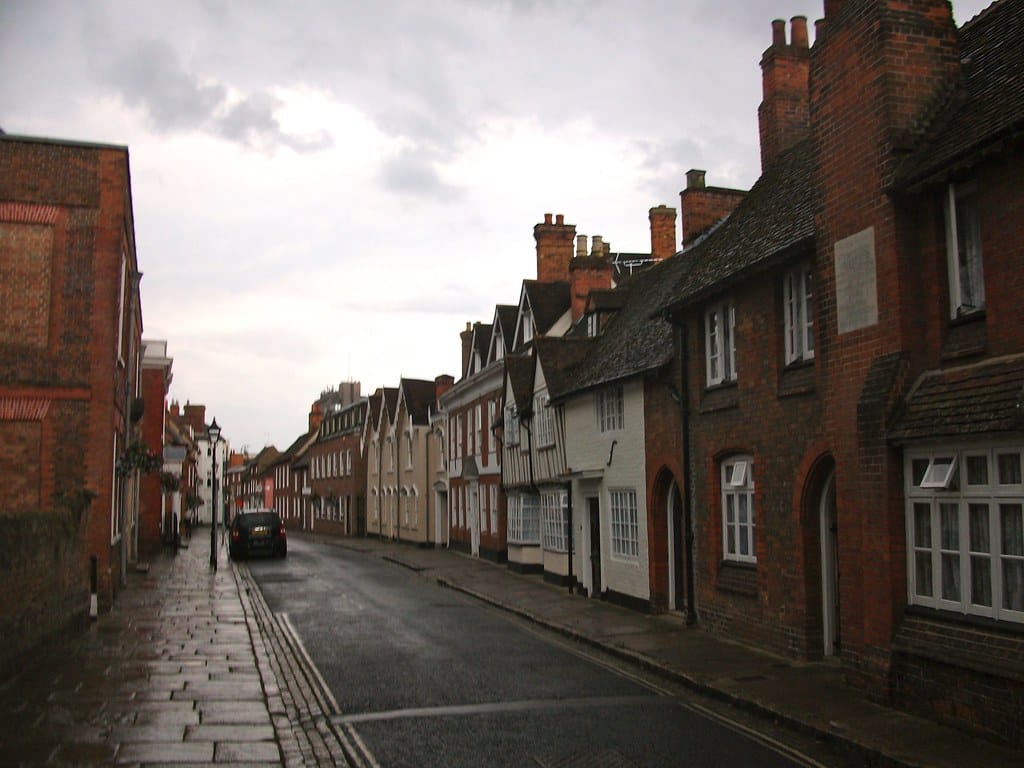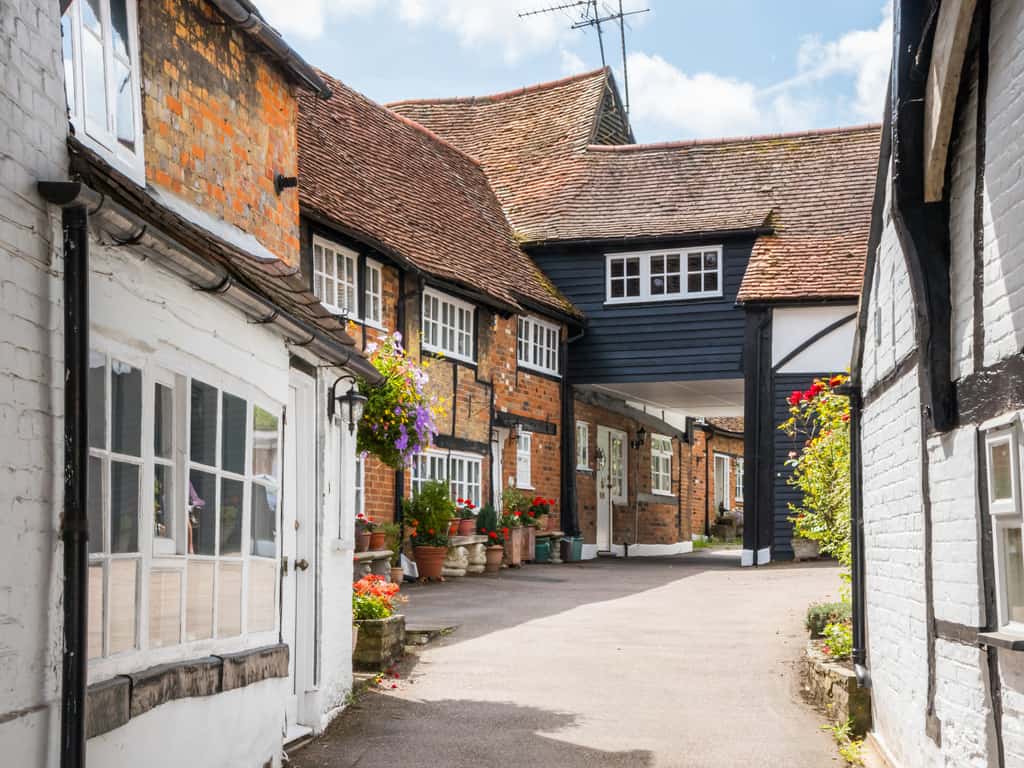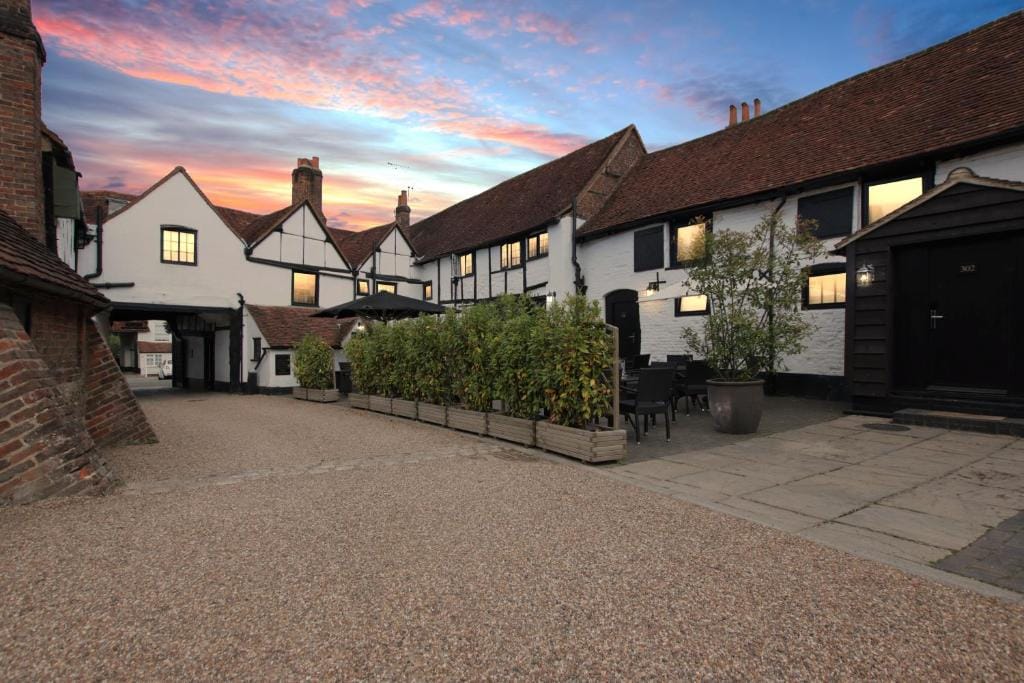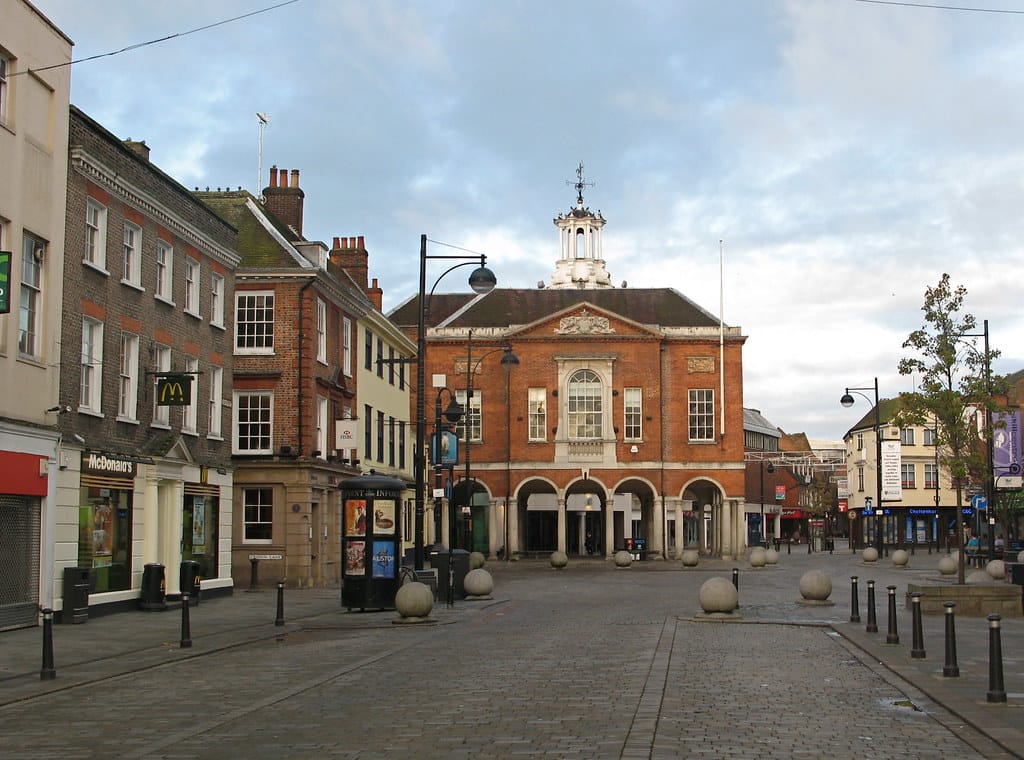Why we crave a slower life during emotional distress.

The spaces we inhabit should nurture rather than deplete. —Elizabeth Gilbert
An overworked woman in her early 30s was going through a bit of a rough patch. She had recently parted ways with her partner, and for the first time in years, she felt the need to disconnect from work.
Living in L.A. in a mansion she could afford after years of overtime and living on takeouts, it seemed like all her hard work had paid off. However, sometimes the things we're proud of and attached to become the very things we need to escape. She felt the same, an urgent desire to get as far away from her house as possible.
So, she looked online for places that offered a contrarian experience from her current life—a slower, cottage-like lifestyle. That's when she came across a town named Amersham, a market town in Buckinghamshire, England. Just the name itself intrigued her.

However, her initial impression of the place was slightly unsettling; it seemed to belong to a different time, and she wasn't sure if she was ready for that. Yet, the fact that it had a population of 30,000 people was reassuring; she needed space and a sense of anonymity, and so, it seemed perfect.
Why is it that, in most cases, people want to leave the modern, fast life and crave the slowness of a town during an emotional wave in their lives?
It's not a random coincidence.
The environments we inhabit shape our mental and emotional states.
The modern architecture of Los Angeles, with its sleek lines, glass facades, and towering structures, showcases efficiency, ambition, and progress. At the same time, it can also feel impersonal and overwhelming.
In contrast, Amersham, with its classical architecture, offers a different narrative. Classical architecture, with its emphasis on proportion, order, and symmetry, resonates with us because, knowingly or unknowingly, we're always searching for harmony and balance.

The human scale of these buildings, the use of natural materials like stone and wood, and the surrounding nature all improve our well-being and connectedness.
This preference for classical over modern architecture in times of stress or introspection isn't merely aesthetic. It's deeply psychological.
Classical architecture often uses elements that resonate with human psychology. The use of arches, columns, and domes, for example, not only adds to the visual appeal but also creates a sense of stability and permanence.
The repetitive patterns and symmetries found in classical design align with our brain's preference for order and predictability.

In her journey to Amersham, she isn't just seeking a change of scenery; she's also searching for an environment where she can reconnect with herself. Classical architecture is and has always been beyond aesthetics.
It's a wholesome approach that requires time and patience but is worth it.
Architecture affects how we think, feel, and behave. —Roger H. Schroeder
